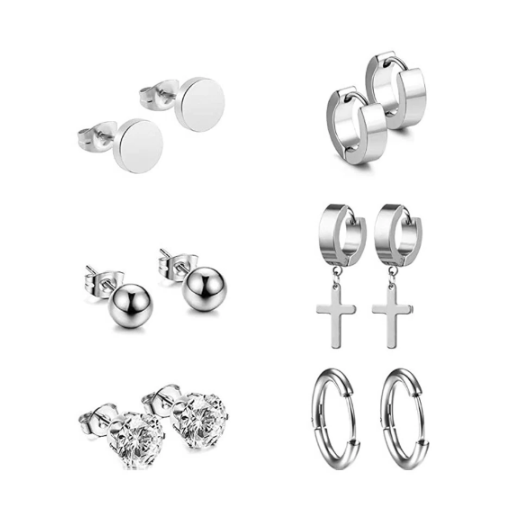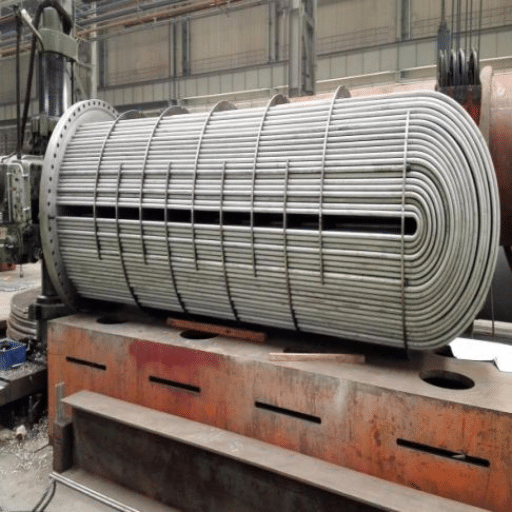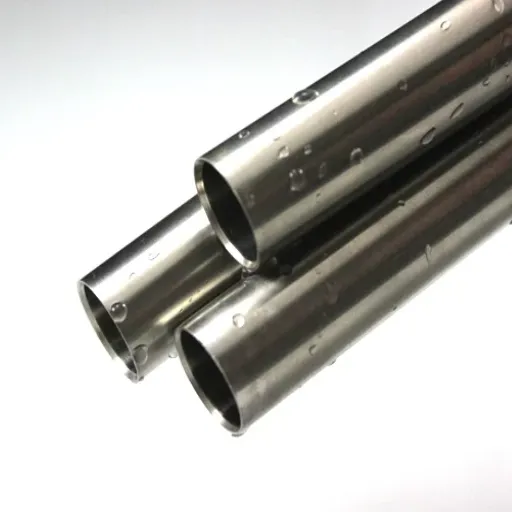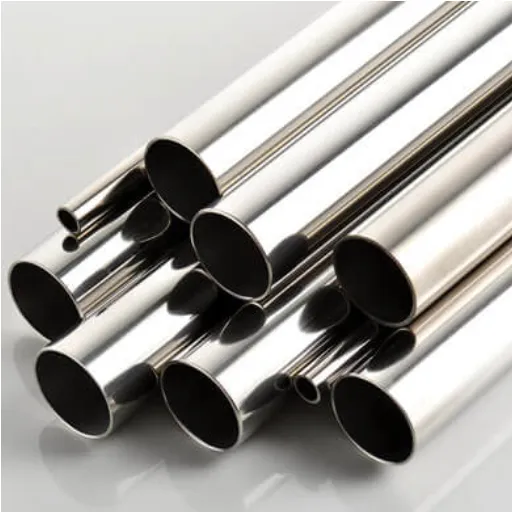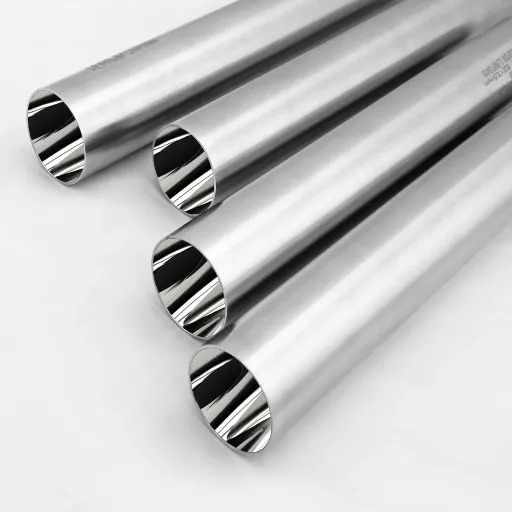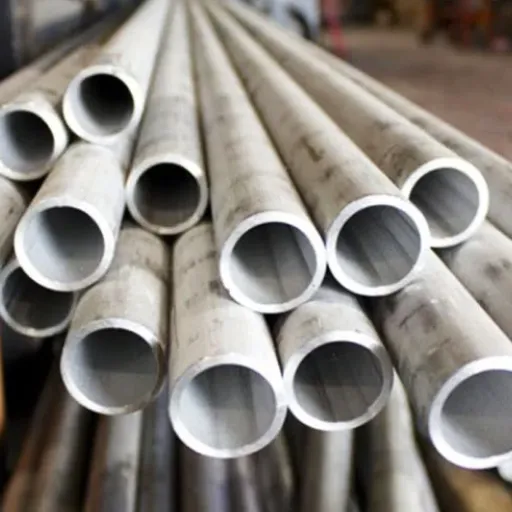What is Hypoallergenic Metal?

Definition and Importance
If a metal is hypoallergenic, it means that the metal is less likely to cause an allergic reaction when it comes into contact with the skin. These metals are usually found to have little or no presence of common allergens, such as nickel, cobalt, or chromium, which cause contact dermatitis in some sensitive people.
Hypoallergenic metals are extremely important in jewelry, medical implants, and other items that make contact with the skin or body for long periods of time. For people who have allergies to metals, the use of allergenic metals will cause redness, itchiness, and irritation, while a worst-case scenario will result in chronic discomfort or dermatological conditions.
Common Hypoallergenic Metals
- Surgical-Grade Stainless Steel: Often called 316L or 316LVM, intentionally designed to be low in nickel content and biocompatible
- Titanium: Contains no nickel and is highly biocompatible, lightweight, and corrosion-resistant
- Niobium: An entirely natural, hypoallergenic, and corrosion-resistant metal that can be anodized for bright colors
- Platinum: Naturally hypoallergenic precious metal, highly resistant to tarnishing
- Gold Alloys: High-quality alloys such as 18K or 14K can be hypoallergenic when they contain little or no nickel
Why Choose Hypoallergenic Metal?
Hypoallergenic metals are developed to pose the least allergy potential and are chosen mainly by individuals with sensitive skin or metal allergies. These materials are designed to reduce common allergens, with nickel being one of the prime culprits of contact dermatitis.
Stainless Steel and Its Hypoallergenic Properties
Composition of Stainless Steel
Stainless steel alloys chiefly comprise iron, with varying amounts of chromium, carbon, and elements such as nickel, molybdenum, and manganese. By definition, stainless steel offers corrosion resistance through at least 10.5% chromium by weight.
The Role of Nickel and Chromium
Nickel and chromium are two crucial alloying elements in stainless steel that provide essential characteristics:
- Corrosion Resistance: Chromium forms a self-healing oxide layer that prevents surface oxidation
- Strengthening: Nickel augments ductility and toughness, especially at low temperatures
- Thermal Stability: Chromium imparts high-temperature strength and oxidation resistance
- Stress Corrosion Cracking Resistance: Nickel-containing grades are suited for marine and chemical processing
- Formability and Weldability: Nickel enhances plastic deformation ability and welding quality
Grades of Stainless Steel: Which is Best?
Austenitic Stainless Steels (304, 316)
- Type 304: Contains 18% chromium and 8% nickel, versatile for general applications
- Type 316: Enhanced resistance to chlorides thanks to molybdenum, ideal for medical and marine use
Ferritic Stainless Steels (430, 446)
- Highly resistant to stress corrosion cracking
- Cost-effective due to the lack of nickel
- Used in automotive and high-temperature machinery
Martensitic Stainless Steels (410, 420)
- High strength and hardness for wear resistance
- Used in knife blades, turbine components, and medical tools
Comparison of Stainless Steel with Other Metals
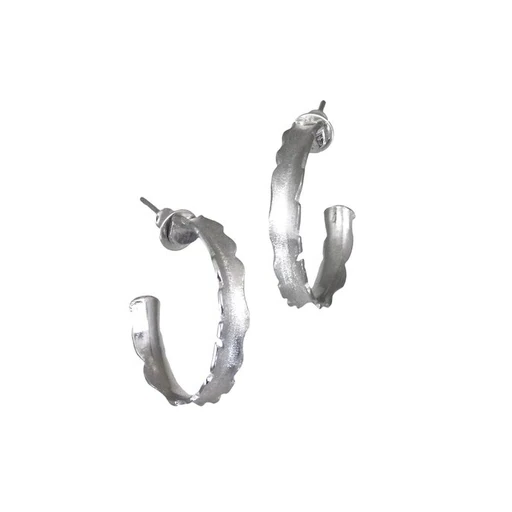
Stainless Steel vs. Titanium
| Aspect | Titanium | Stainless Steel |
|---|---|---|
| Weight | Light | Heavy |
| Cost | High | Low |
| Durability | Moderate | High |
| Corrosion | Excellent | Good |
| Strength | High (per weight) | High (absolute) |
| Machinability | Difficult | Easy |
| Applications | Aerospace, Medical | Construction, Tools |
Understanding Metal Allergies

What are Metal Allergies?
Metal allergies, or contact dermatitis from metals, are allergic reactions of the immune system to exposure to certain metals. This hypersensitivity tends to develop following multiple exposures to allergenic metals like nickel, cobalt, or chromium.
Symptoms and Reactions to Nickel
Allergic reactions to nickel usually manifest as allergic contact dermatitis. Common symptoms include:
- Itchiness and redness at contact points
- Swelling and irritation
- Blistering with prolonged contact
- Dry, winter-like skin texture
- Symptoms typically appear 12-48 hours after exposure
How Stainless Steel Can Help
The nickel-free or low-nickel formulation of stainless steel becomes key in minimizing incidents of nickel allergy. Specific grades like 316L stainless steel are purposely made with reduced nickel content for safe use by allergic individuals.
Popular Types of Hypoallergenic Stainless Steel Products
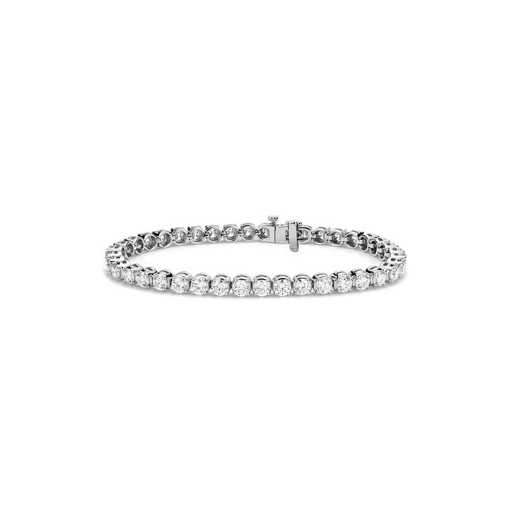
Types of Stainless Steel Used in Jewelry
316L Stainless Steel
- Known as surgical-grade stainless steel
- Extraordinary corrosion resistance and biocompatibility
- Very low carbon content eliminates allergic reactions chances
- Contains molybdenum for enhanced corrosion resistance
304 Stainless Steel
- Used extensively in fashion and cheaper jewelry lines
- Moderate amounts of nickel and chromium
- Durable and rust-resistant
- May not be suitable for those with strong nickel allergies
904L Stainless Steel
- Luxury grade is used for higher-end jewelry and watches
- Elevated corrosion resistance and aesthetic appeal
- Almost nickel-free alloy
- Contains high percentages of chromium and copper
Benefits of Surgical Stainless Steel
- Corrosion Resistance: Excellent resistance to oxidation and corrosion, especially in saline conditions
- Hypoallergenic Properties: Low nickel content significantly reduces allergic reaction risks
- Durability and Strength: Excellent mechanical properties, including tensile strength and scratch resistance
- Low Maintenance: Requires minimal care to retain appearance and function
- Biocompatibility: Safe for interaction with biological tissues
Innovative Manufacturing Techniques
Recent manufacturing advances for surgical stainless steel include:
- Precision Casting: Investment casting for precise, complex geometrical designs
- Additive Manufacturing: Metal 3D printing for customization and structural integrity
- Electropolishing: A Chemical process for enhanced corrosion resistance and smooth surfaces
- Cryogenic Treatment: Ultra-low temperature treatment to relieve internal stresses
Frequently Asked Questions (FAQ)
References
- Nickel Allergy Reactions to Orthodontic Appliances: This article examines stainless steel wires in orthodontics as hypoallergenic alternatives for nickel-allergic patients.
- Nickel Allergic Contact Dermatitis in Instrumental Music: A Study focusing on nickel allergy, citing stainless steel as one of the most hypoallergenic metals.
- Oral Drug Retaining Device: Patent discussing the use of stainless steel as a hypoallergenic material in medical devices, emphasizing strength and safety.

